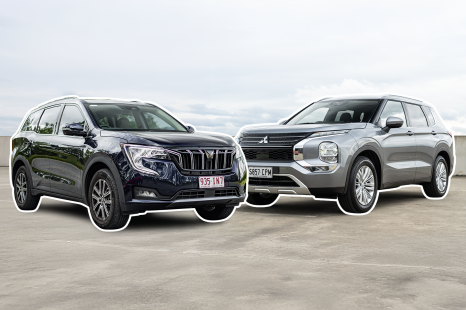

Andrew Maclean
4 Days Ago
Local market leader urges rethink on the rollout of the New Vehicle Efficiency Standard, and says the current timeline as too ambitious.

Contributor
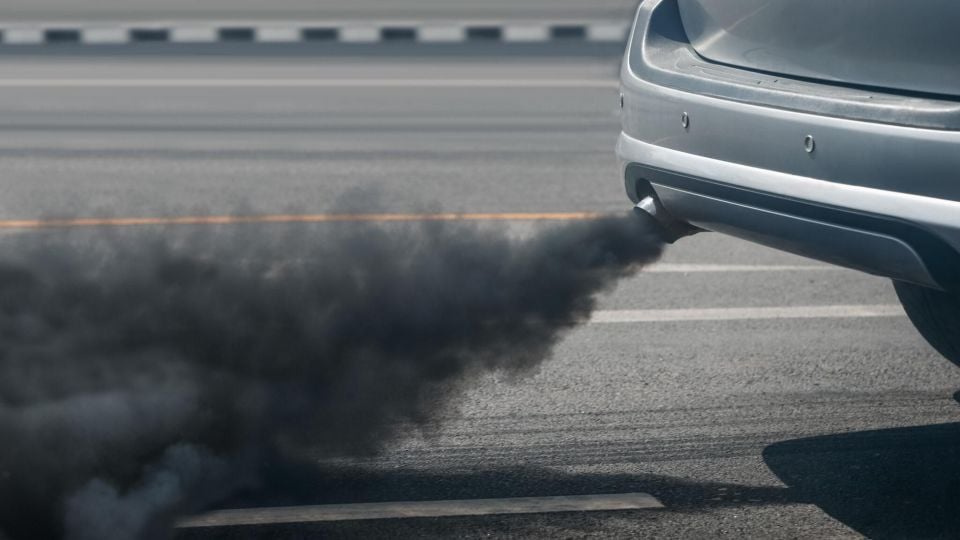

Contributor
Toyota Australia has called on the federal government to reconsider the rollout of its New Vehicle Efficiency Standard (NVES), which officially commenced last week.
From January 1, the local auto industry formally entered a six-month grace period for the NVES, which mandates strict emissions standards for all new vehicles and will apply penalties and credits from July 1.
Under the scheme, carmakers will be issued credits or monetary fines based on their CO2 tailpipe emissions targets for new passenger and light-commercial vehicles sold in Australia.
100s of new car deals are available through CarExpert right now. Get the experts on your side and score a great deal. Browse now
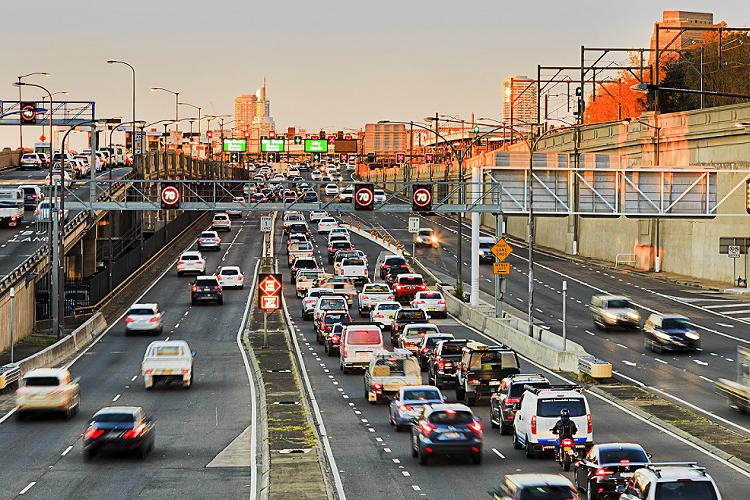
Manufacturers must meet a stipulated CO2 gram-per-kilometre figure on average across their new vehicle lineups to avoid paying fines to the government – to the order of $100 per g/km for every vehicle sold above the thresholds.
For 2025, the mandate for passenger cars is 141g/km of CO2, with light commercial vehicles set at 210g/km or less.
Speaking with CarExpert this week, Toyota Australia vice president of sales, marketing and franchise operations, Sean Hanley, declared the current NVES rollout, which implements stricter standards from January 1 each year until 2029, in need of a rethink.
“I’m not suggesting for one minute that NVES should be stopped… but what I would ask if I had time with the government or opposition, I would ask them to reconsider the timing,” he said.
Under the current NVES regime, the 2026 fleet-average CO2 target will be 117g/km for passenger or Type 1 vehicles (180g/km for light commercial or Type 2 vehicles), reducing to 92g/km (150g/km) in 2027, 68g/km (122g/km) in 2028 and 58g/km (110g/km) in 2029.
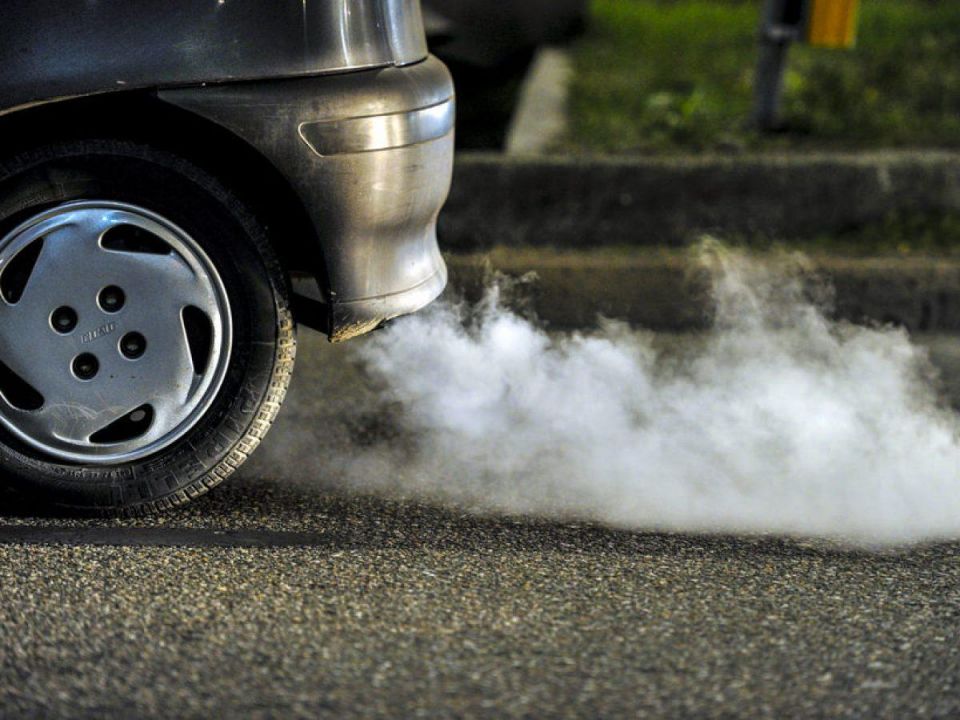
Toyota and most other mainstream auto brands initially advocated for the introduction of the NVES, which will replace voluntary CO2 targets to become Australia’s first national new-vehicle emissions legislation.
However, according to Mr Hanley, Toyota now considers the 2027 ramp-up premature, given the unique requirements of the Australian new car market.
“I still think we’ve got to target the 2030 horizon, but we ramp it up between 2028 and 2030 [rather than 2027 and 2029],” he said.
Toyota is arguably better placed than many carmakers in Australia to meet NVES thresholds, primarily on account of its strong hybrid vehicle mix, which now comprises 48 per cent of all local sales.
It means that under the most lenient NVES targets in 2025, Toyota stands to bank a healthy amount of credits that it could then use to offset harsher targets in the future (they’re valid up to three years).

“As we progress into the NVES, it will become incredibly challenging – particularly for heavier vehicles: Prado, HiLux, LandCruiser,” Mr Hanley said.
“It’s incumbent on us to consider what technologies we bring to market, particularly between now and 2028.
“Let me be very clear. We will not be dropping LandCruiser, we will not be dropping Prado, we will not be dropping HiLux. What we will be trying to do is offset any penalties we get with EVs, hybrids and any technologies we have on the horizon. The mix will be really important.”
Asked whether Toyota would pass the financial penalties it incurs onto consumers, Mr Hanley said: “Australia is already one of the most saturated markets in the world, so with that in mind, it’s not as easy as saying ‘let’s increase prices to offset the penalties’.
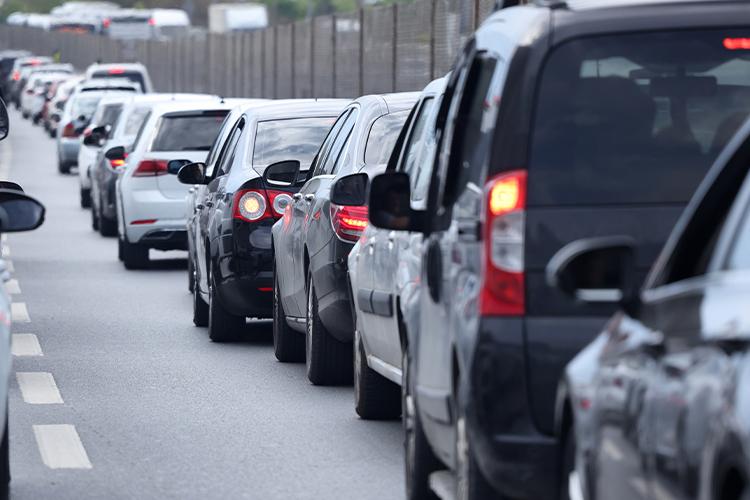
“The market is so competitive that you may not be able to do that. You never rule that prices may need to rise at some point, but that would be a last resort.”
While the NVES legislation takes effect in earnest from July, it still has a key hurdle to clear: the forthcoming federal election (tipped to take place around May).
While the coalition hasn’t revealed its strategy around the NVES, the current Labor government’s legislation stipulates that future governments cannot ease current targets; they can only make them stricter. And to do so, they must provide two years of notice.
However, there remains some wiggle room around the specifics of penalties – most notably the baseline $100 per g/km fine that car brands will currently be ordered to pay, and how vehicle mass adjustments are calculated.
Take advantage of Australia's BIGGEST new car website to find a great deal on a Toyota.


Andrew Maclean
4 Days Ago


Max Davies
4 Days Ago


Max Davies
3 Days Ago
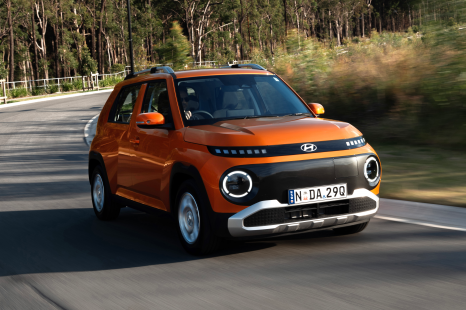

Josh Nevett
3 Days Ago
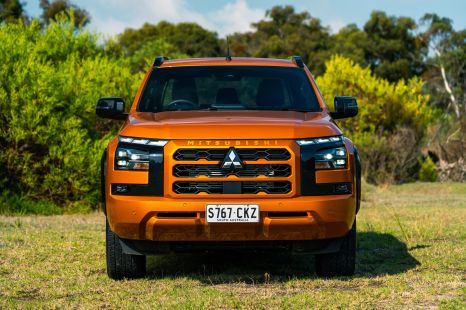

William Stopford
2 Days Ago
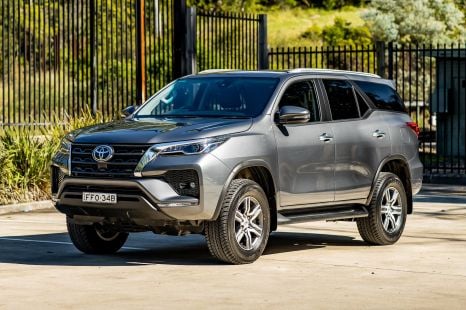

Matt Campbell
2 Days Ago